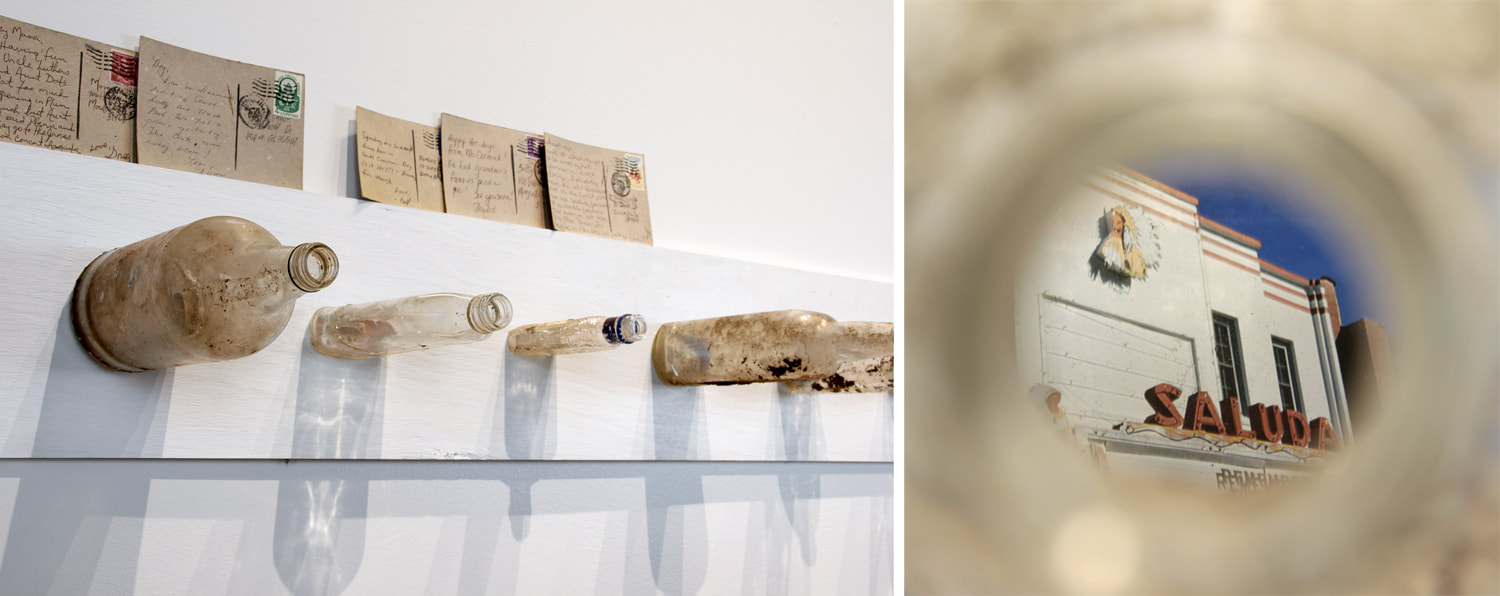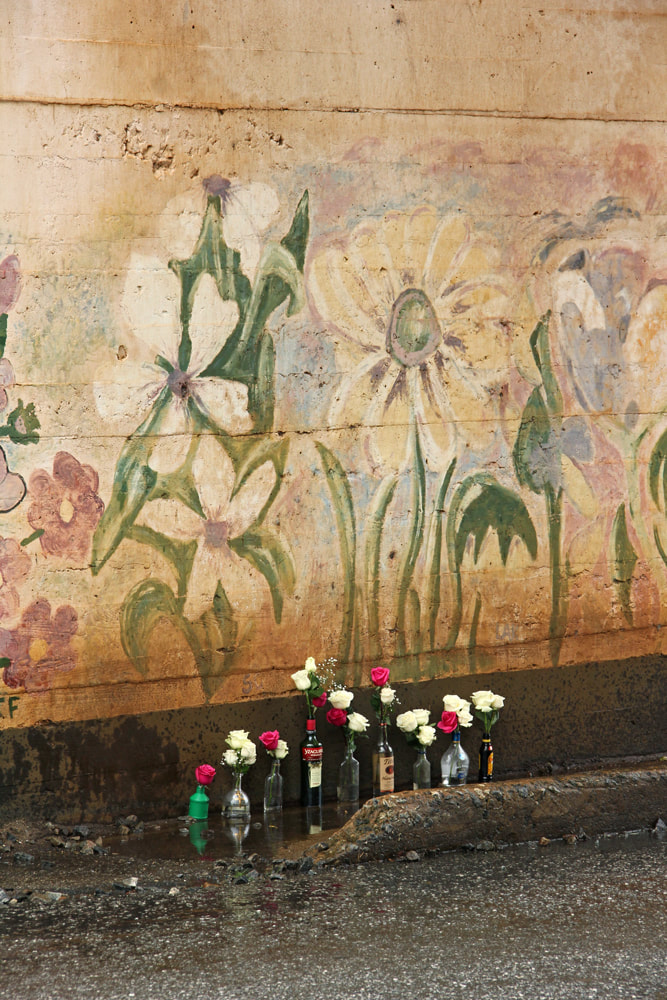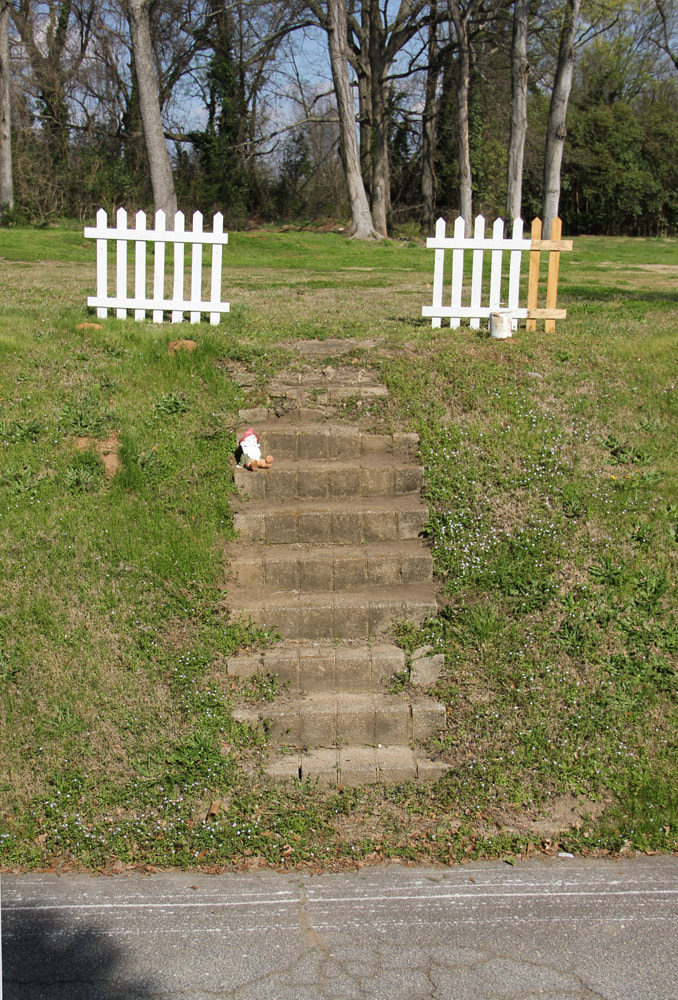Site-Specific Approaches to Foundations
Project #1: Electric Presence
Experience of installation art is often understood as requiring the viewers physical presence and subjective experience to complete the work. The viewer becomes a “participant.” Alongside the rise of installation art, electronic technology gained the ability to react to movement, and surveillance technology began to be integrated into daily life. Lastly, currents running through the walls, appliances, and personal devices imbue these objects with an always-on, press-of-a-button, notification-at-any-moment type of latent life-form. This assignment asks you to respond to the confluence of these developments. For this installation project, use motion sensors to create a work of art that responds to the movement of the viewer-participant.
Student Work:
Student Work:
Project #2: Post-Monument
The monument has long been a symbol of power and wealth, manifested into sculptural form within the urban landscape. Typically made of bronze or stone to ensure it’s permanence, the monument enshrines values of one moment so they echo through time. Monuments have also become an area for resistance for activists and contemporary artists to offer alternatives to dominant cultural values. For this project, you will use the program Meshmixer to alter a digital 3D scan of a real monument/sculpture/cultural artifact to create a new artwork. Your digital artwork should consider the visual and conceptual transformation of the original monument to create a new artwork.
Student Work:
Student Work:
Project #3: Site/Non-Site
Prior to beginning this assignment we will analyze Robert Smithson's conception of non-sites in comparison to his earthworks. Utilizing his strategies, create two artworks that have a relationship to a site, one that would exist in a gallery and one that would directly engage the site. Consider the concept of 'abstraction as logical metaphor' developed by Smithson in his theory of non-sites.
Student Work:
Student Work:









